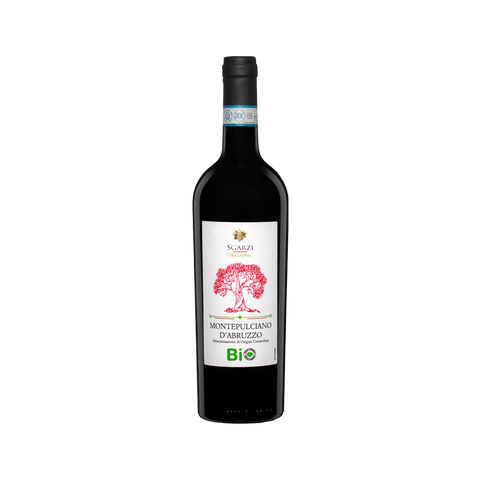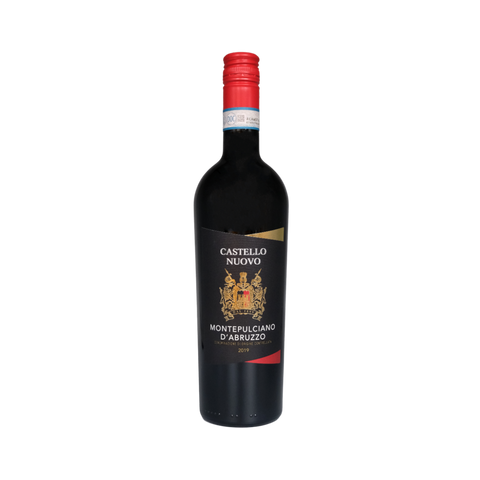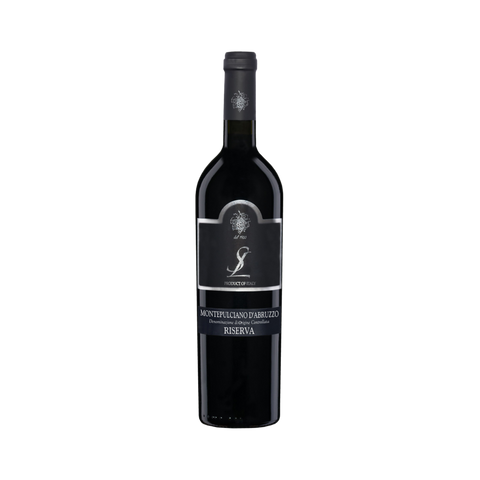Montepulciano wine is primarily associated with the Abruzzo region of Italy. This region, located in central Italy along the Adriatic coast, is renowned for its diverse landscapes, including mountains, hills and coastal plains, which contribute to the unique characteristics of the Montepulciano grapes grown there. However, it's important to clarify that Montepulciano wine comes from the Montepulciano grape variety, not the town of Montepulciano, which is in Tuscany. The Montepulciano grape thrives in the climate and soils of the Abruzzo region, producing wines that are rich in flavour, deep in colour and full of aromas and flavours.
The wine of Montepulciano is most closely associated with the Abruzzo region of Italy, where it is one of the most widely planted grape varieties. But Montepulciano grapes are also grown in other regions of Italy, though to a lesser extent. Here are some of the major wine regions where Montepulciano grapes are grown:
Abruzzo: Located in central Italy along the Adriatic coast, this region is the main area where Montepulciano grapes are grown for wine production. Abruzzo's diverse terroir, including mountains, hills and coastal plains, influences the character of Montepulciano wines.
Marche: The Marche region, further north along the Adriatic coast from Abruzzo, also grows Montepulciano grapes. Wines made from Montepulciano in Marche can have their own regional characteristics, influenced by the local climate and soil.
Molise: To the south of Abruzzo, the region of Molise also grows Montepulciano grapes for wine production. Although smaller than Abruzzo, Molise's vineyards contribute to the overall production of Montepulciano wines in Italy.
While these regions are known for growing Montepulciano grapes, it's important to note that wines labelled "Montepulciano" typically refer to wines made primarily from the Montepulciano grape variety, rather than the Montepulciano region of Tuscany, which is known for Vino Nobile di Montepulciano, a different wine made primarily from Sangiovese grapes.





